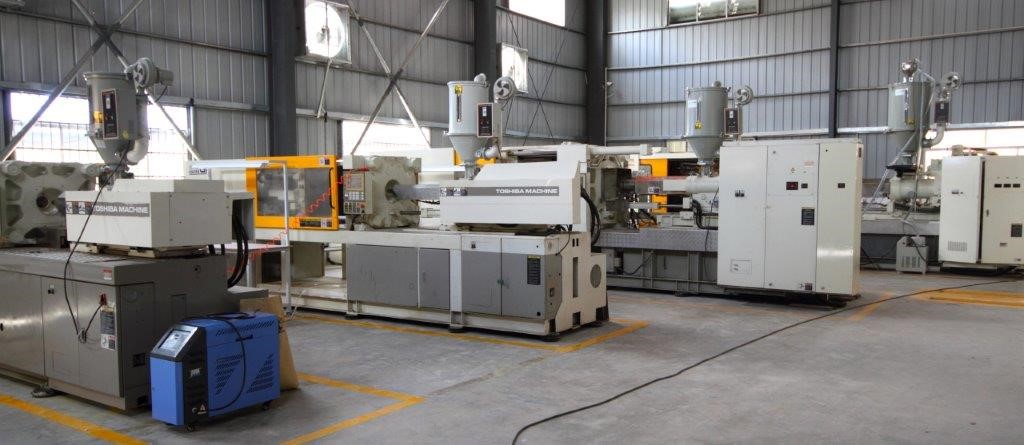Polymer Blends in Injection Moulding: Types, Benefits, and Challenges

Product engineers and manufacturers looking to save money and time turn to China for injection molding services. At HLH Prototypes, we pride ourselves on our manufacturing capabilities and industry connections that enable us to deliver a wide range of plastic parts—whether for prototyping or end-use production. Injection molding is one of our specialties, and we recognize its efficiency and material versatility for any manufacturing process. We also use it for processing thermoplastic polymers and recommend it for polymer blends.
Polymer blends consist of two polymers that can deliver unique benefits to your part, such as recyclability, better material characteristics, and cost savings. Over one-third of commercial polymers produced in China for injection molding are blends. In this blog, we will go through different types of polymer blends used in injection molding, including their benefits and challenges.
Types of polymer blends
Many polymer blends are available for injection molding. At HLH Prototypes, we classify them based on their constituent polymers:
- Thermoplastic-thermoplastic blends
- Thermoplastic-thermoset blends
- Thermoplastic-elastomer blends
- Elastomer-thermoset blends
- Polymer filler blends
Polymer blends can also be categorized based on whether they are mixable or not:
- Homogeneous or miscible blends
- Heterogenous or immiscible blends
Many commercial polymer blends in China for injection molding are immiscible and have a phase-separated structure. This means each polymer won’t lose its unique characteristics. However, the molded parts can develop weaknesses between various phases.
Below are the most common polymer blends for injection molding:
- PC/ABS: Tough with low density, this blend is often used for automotive parts like rocker and door panels, bumpers, and rear wheel covers.
- PPE/PA: Blending polyphenylene ether and nylon improves heat and chemical resistance, making the blend ideal for making under-the-hood or exterior automotive components.
- PPE/PS: PPE and polystyrene can be blended to produce desirable qualities, like water and heat resistance and sterilizability, making this blend ideal for medical devices like dialysis tubes and IV components.
- PBT/PC: This blend delivers good mechanical strength, UV and heat resistance, and toughness.
- PVC blends: These blends have low flammability, so they are ideal for electronics and electrical applications.
Overcoming the challenges in polymer blends
One of the challenges in China injection molding is selecting the ideal polymer blends for a specific project. Most of the time, product designers and engineers are unsure which blends are best for their projects without compromising the cost. This is where we can help.
Get a free project review from our experts, and we’ll help you navigate injection molding and polymer blends.
